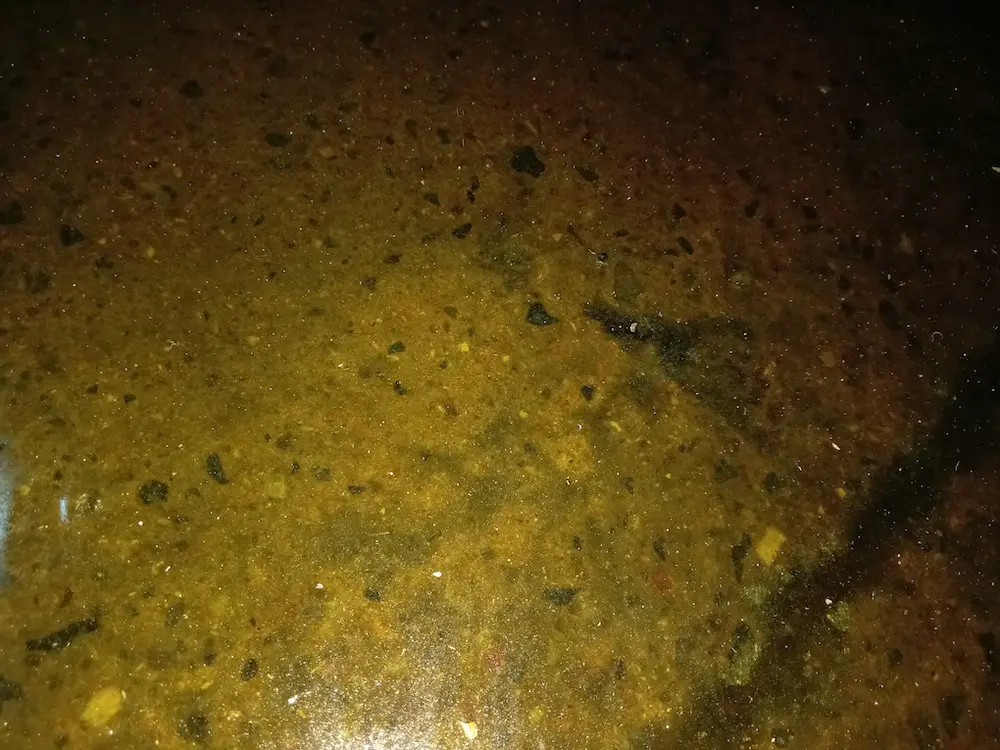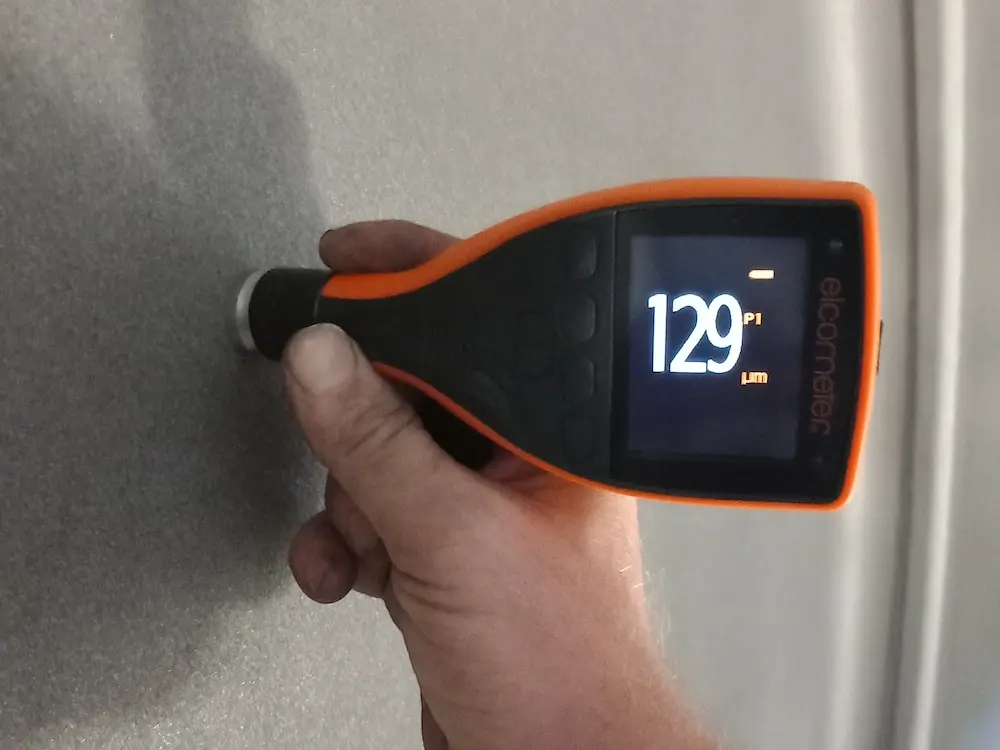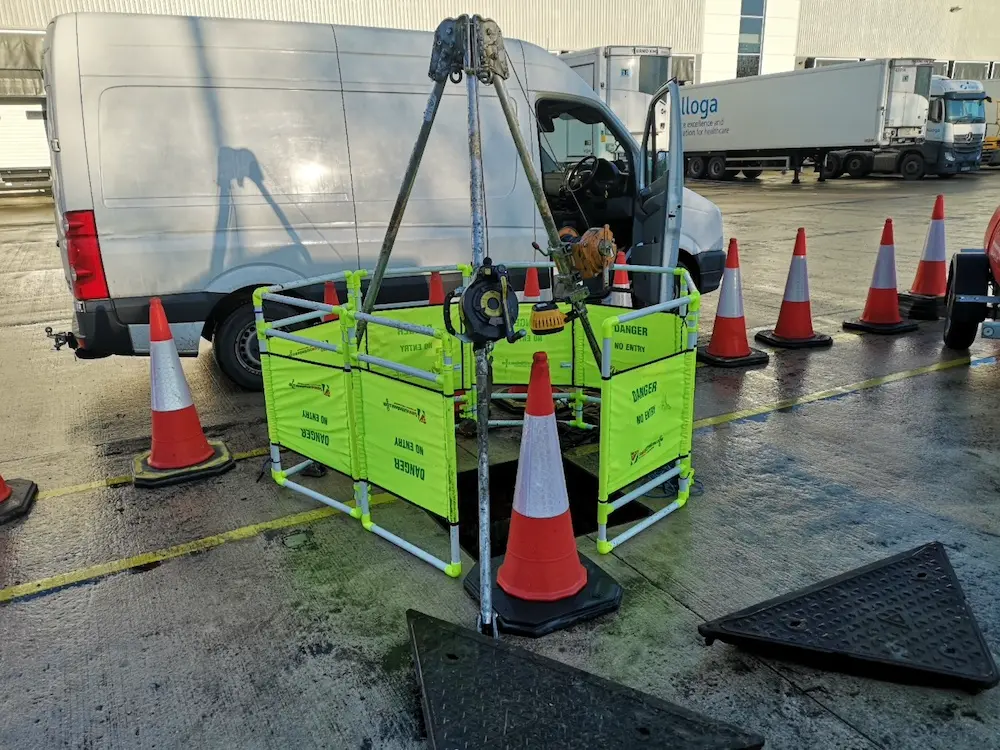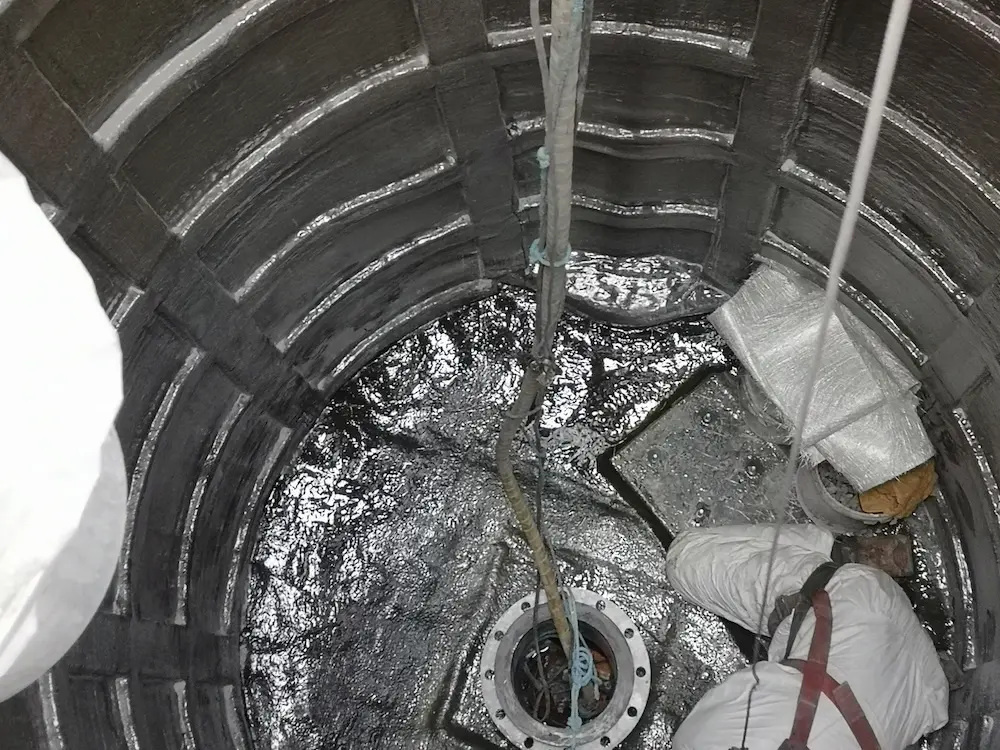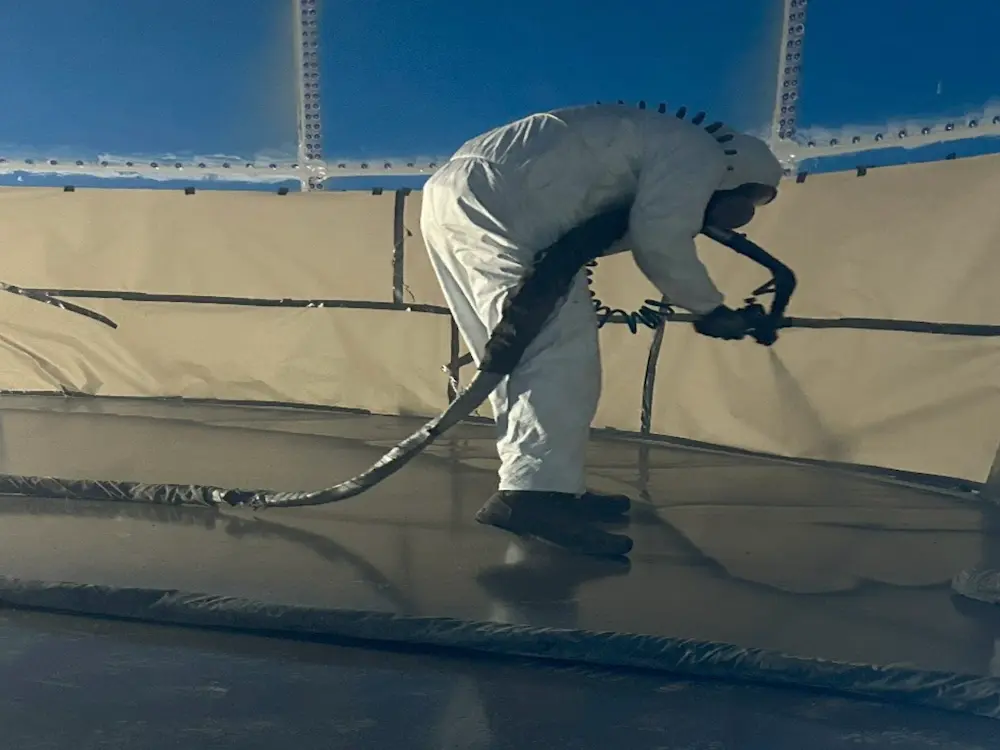Fibreglass matting systems are widely used across industrial and commercial sectors for creating durable, chemical-resistant finishes on concrete surfaces. Whether you’re lining a bund, sealing a floor, or building a chemical-resistant tank base, one of the most critical — and often underestimated — steps in the process is proper consolidation of the fibreglass matting.
What is Fibreglass Matting Consolidation?
Consolidation is the process of fully saturating and compacting layers of fibreglass reinforcement — typically chopped strand mat (CSM) or woven rovings — into the resin system applied over concrete. It ensures:
- Complete air removal from beneath and within the laminate
- Full wet-out of the reinforcement
- Strong adhesion between substrate, resin, and mat
- Prevention of delamination, pinholes, and weak spots
Why Proper Consolidation is Crucial on Concrete
Concrete is naturally porous and uneven, making it especially vulnerable if the consolidation process is skipped or done incorrectly. Common issues from poor consolidation include:
- Trapped air pockets and dry spots, weakening the structural integrity
- Delamination under mechanical load or thermal cycling
- Bubbling and blistering caused by trapped gases or moisture
- Reduced chemical resistance in aggressive environments
- Containment failure in bunds, sumps, and tank bases
Applications
Fibreglass matting systems are ideal for:
- ✅ Roofing Applications
- ✅ Food and beverage flooring
- ✅ Storage tanks
- ✅ Secondary containment areas
These applications demand reliable bonding, moisture resistance, and long-term durability — all of which depend on correct consolidation practices.
Best Practices for Matting Consolidation
To ensure effective consolidation:
- Surface Preparation – Mechanically abrade the concrete for a clean, keyed surface.
- Priming – Apply a compatible Resin to seal the substrate and improve adhesion.
- Saturation – Lay the matting into wet resin and use resin rollers to fully wet it out.
- Air Removal – Use paddle or consolidation rollers to compact the laminate and eliminate voids.
- Controlled Curing – Maintain appropriate environmental conditions for proper resin cure and bond strength.
Conclusion
Proper consolidation of fibreglass matting on concrete isn’t just a technical detail — it’s essential to achieving a safe, compliant, and long-lasting GRP lining system.
At Tankline, we’ve spent many years perfecting this process. Every system we install is applied by trained professionals using industry best practices to ensure maximum performance, durability, and chemical resistance.
Need a GRP Concrete Lining Specialist?
We’re here to help. Whether you’re planning a new bund lining, GRP floor overlay, or need to upgrade to an existing containment system, our team is ready to assist.
📞 Call us on 01206 607009
📧 Or email: [email protected]
to arrange an expert consultation or a no-obligation site survey.
